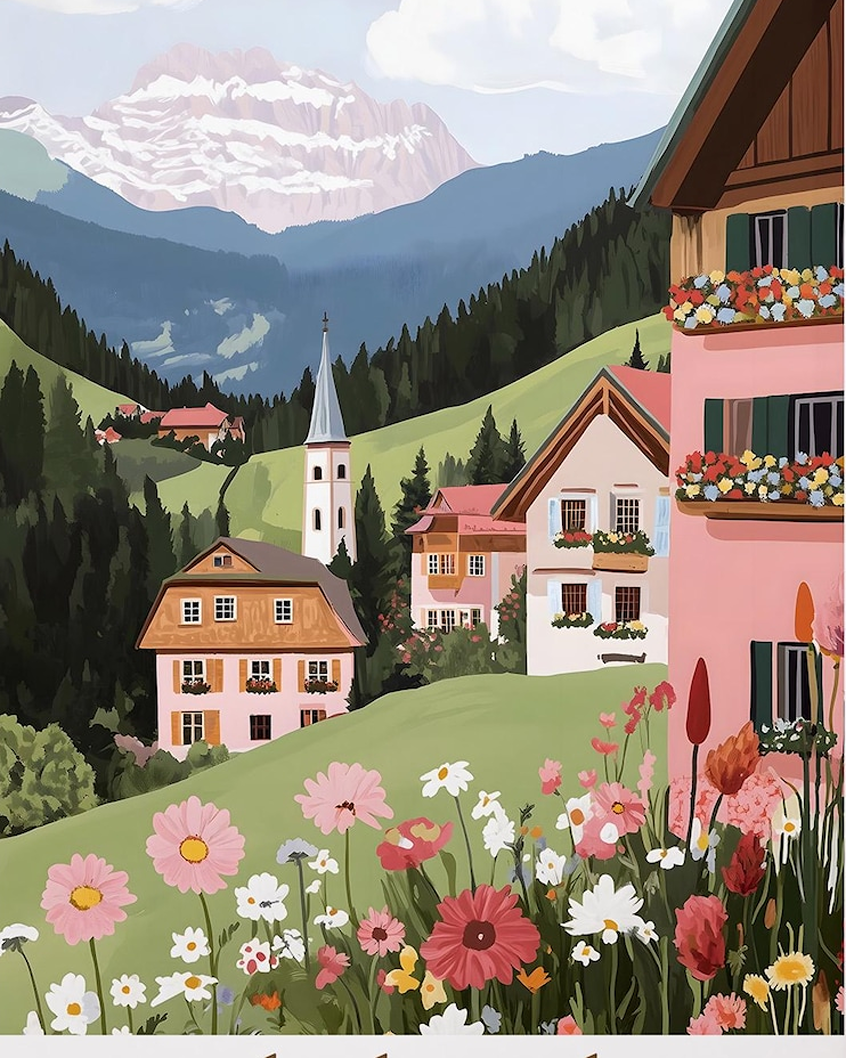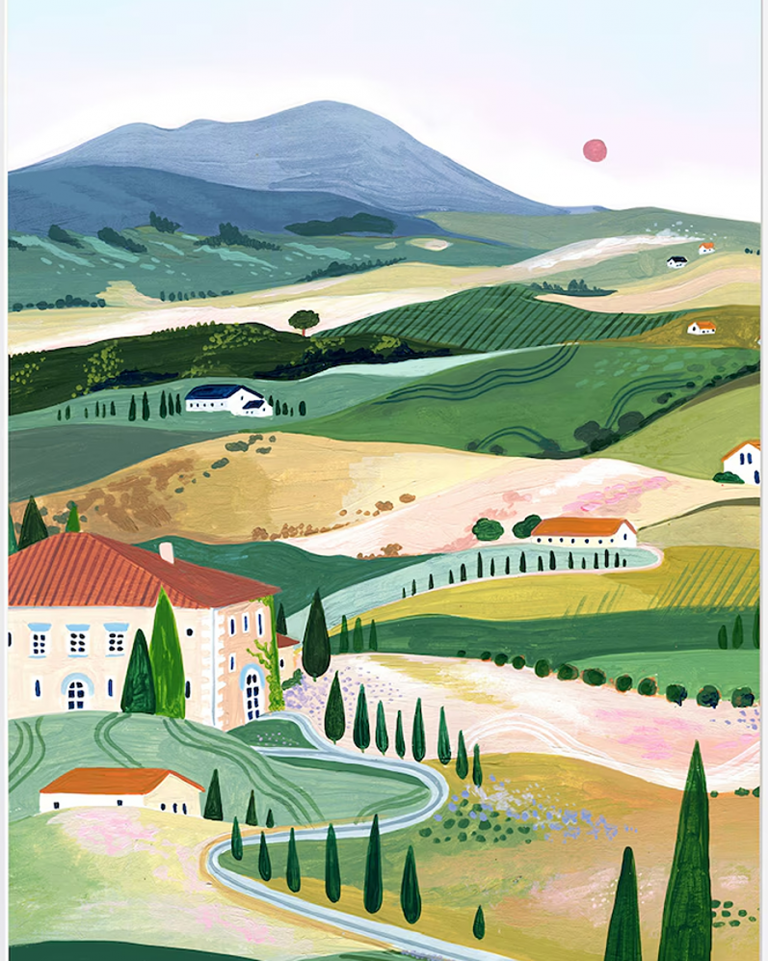
Austria is believed by many to be the most beautiful country in the world. This is an Alpine paradise, home to Europe’s tallest waterfall, beautiful lakes and mountain trains. It looks similar to Switzerland, with a good portion of the population living in the city of Vienna. It’s also home to the largest ice cave in the world.
Around 63% of all waste in Austria is recycled. And (like Iceland) nearly all its energy is from green sources (not nuclear, like proposed here). Like New Zealand, Austria is strongly anti-nuclear and has recently expressed grave concern about a nuclear plant in neighbouring Slovakia.
Austria was asked if it wanted nuclear power and said no. We are getting it, even though we have not been asked.
One Third is Protected Woodlands
Austria protects its native forests. Yet back during Cameron’s government, it was only a petition by 38 Degrees that stopped our remaining forests being sold off to private investors who ‘promised’ to protect it.
Austria’s (Green) Climate Minister recently tipped the scales for the EU Nature Restoration Law to pass. This states that EU member countries must restore drained peatlands and plant 3 billion more trees.
The ultimate aim is to restore 20% of the EU’s land and sea back to its natural state within the next 5 years. But as far-right parties won elections (and Greens didn’t do such well), the original law became severely watered-down. So she stood up to power, and won!
What Makes a Country Truly Green?
A single claim like “the greenest” can hide what counts. To judge sustainable countries, we need a basket of indicators that cover energy, nature, and daily life. These are the core signs used by environmental rankings and EU reports.
- Renewable energy share: Clean electricity over coal and gas.
- Carbon emissions per capita: Lower numbers mean cleaner energy and industry.
- Protected natural areas: National parks, nature reserves, forests, wetlands and rivers.
- Biodiversity protection: Laws that protect endangered species.
- Sustainable transport: Strong public transport, safe cycling, and walkable communities.
- Waste management and circularity: High recycling rates and a repair/refill culture.
- Clean air and water: Measured by particulate pollution and river quality
- Land use and farming: Soil protection, low pesticide use, and organic farming.
Austria’s Green Achievements
Recent European Environment Agency findings place Austria among the EU’s stronger performers on air quality, protected areas, and progress on renewable electricity.
Leading in Renewable Energy Sources
Austria’s electricity mix is dominated by renewables, with hydro as the backbone. In a typical year, around three quarters of electricity comes from wind, solar, hydro, and biomass. In wet years the share can go above 80 percent, thanks to alpine rivers like the Inn, Drau, and Enns. Rooftop solar is also growing fast.
Conservation of Alpine Ecosystems
Austria treats the Alps as a living resource. Hohe Tauern National Park, one of Europe’s largest high-alpine parks, protects glaciers, headwaters, and wildlife corridors across multiple states. Forest management laws are strict, and rewilding projects in alpine valleys and river plains support lynx, beavers, and raptors.
Eco-Friendly Urban and Rural Policies
The Klimaticket, a nationwide annual pass, gives simple, affordable access to almost all public transport. Cities back it up with frequent services and bike lanes. Vienna’s WienMobil Rad scheme offers simple bike-sharing. The city also runs strong recycling and composting programmes, and supports reuse through the popular WasteWatchers culture.
Over a quarter of Austrian farmland is organic, the highest share in the EU. Farmers in Styria, Salzburg, and Tyrol lead with soil care, landscape hedges, and smart water use. The national Repair Bonus helps people fix appliances by covering part of the cost, which cuts waste and supports small workshops.
How Does Austria Compare?
In recent environmental rankings, including the 2025 updates of well-known indexes, Austria sits in the global top tier, often in the top 10. It stands out for clean electricity, strong air quality in cities, and high organic farming rates.
Sweden scores high on carbon pricing, recycling, and district heating. Denmark leads with clean energy and the world’s most walkable city. Costa Rica runs on near-100 percent renewable electricity in many years and protects rich biodiversity. New Zealand pairs conservation with biosecurity to protect endemic species (and also has no nuclear power). Norway has world-leading electric vehicle adoption, though it funds services with oil revenues.
Austria is an earthly paradise of woods and lakes. Franz Grillparzer






